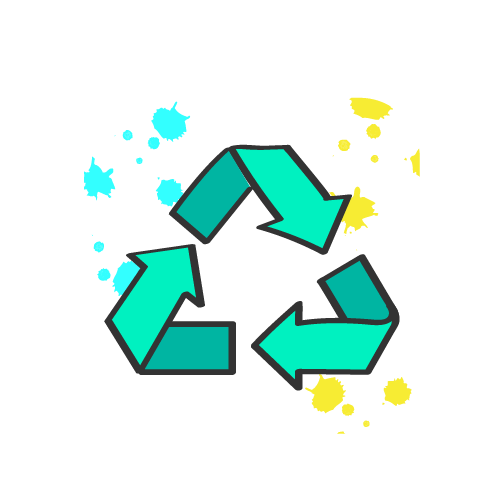Trash or Treasure?
Where does our waste go – and what needs to change?
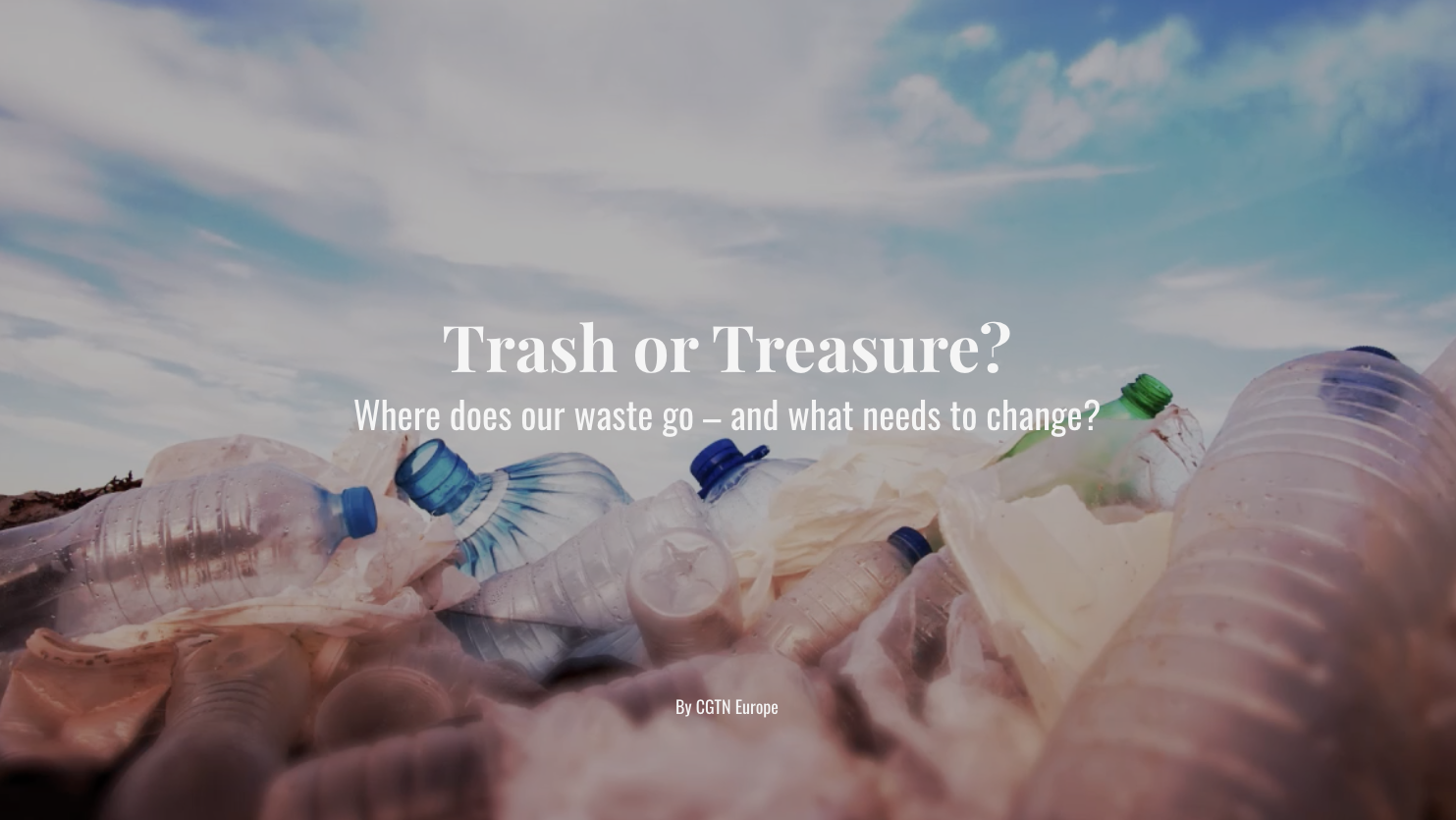
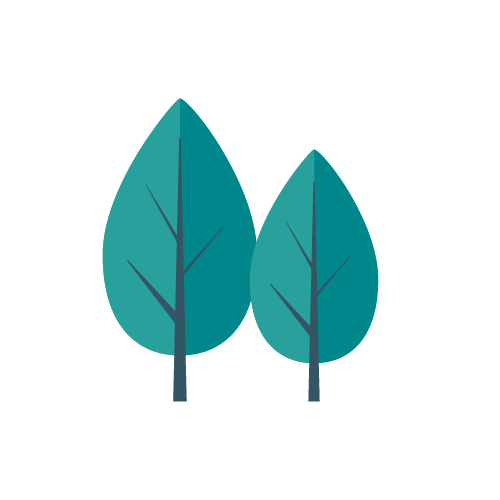
The World Bank estimates that without urgent action, by 2050 we will be generating 3.4 billion tonnes of waste globally. So, what can governments and we as citizens do to curb this trend? And whose responsibility is it ultimately? Our Trash or Treasure special will investigate which European countries are the biggest waste creators, which are leading the way in waste disposal and recycling – and which are coming up with some surprising, innovative solutions to a Europe-wide problem.
Where does our waste go?
Our correspondents from across Europe get up close and personal with their own garbage bins and make uncomfortable revelations about their own consumption, taking them on a journey of discovery to ask: Where does our waste go? The answers take them to illegal dumps, incinerators and landfills.
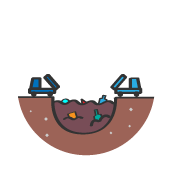
Recycling plastics
For decades, plastics have been changing the way we live – we now see it all around us, but we also hear a lot about the destruction it causes if not disposed of effectively. CGTN Europe correspondent Natalie Carney asks a very simple question – 'What happens to plastic waste?' – which leads her on a trail to unravel the mysteries of the plastics chain. She discovers that plastics are not as recyclable as we all hoped and that their use is still on the rise across Europe. She also finds out how new legislation to ban single-use plastic in Germany will impact that country's waste problem.
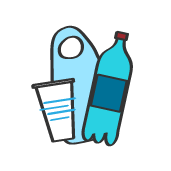
Creative solutions
Recycling – and reuse – has been practiced in some European countries for decades, to a greater or lesser extent. And that has given rise to some brilliant creative thinking as to how to lessen the waste burden, and to use the things that some might see as useless in whole new ways.
We've scoured the continent to show you the ingenious new solutions as we unveil the best ideas for turning trash into treasure – from firehoses being turned into handbags, via PPE being used in road surfacing, to the band making music with waste materials.
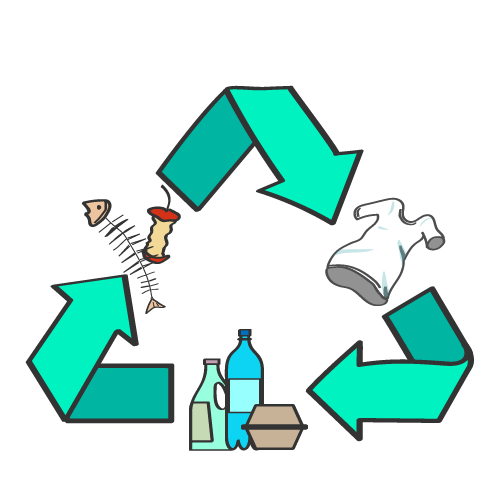
Food
The UN estimates that each year, we throw away almost a billion tonnes of food. That's an almost inconceivable amount, and one which has given rise to increasing innovation and activism. It's not just about not emptying our plates or clearing out our fridge before the food goes off: one estimate has it that a third of perfectly edible food is thrown away at source simply because it looks misshapen or unappealing.
We speak to zero-waste consumers, change-seeking chefs and 'dumpster divers' who save good food from supermarket dustbins; investigate apps which redistribute restaurant-surplus food; and visit the anaerobic digestion plant turning waste food into fuel and fertilizer.
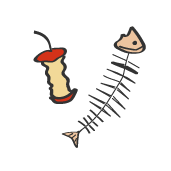
Clothes
We travel to Italy to explore a very fashionable way to recycle our clothes. Could Prato represent a model for sustainable fashion? No, it's not a brand name: This small city in Tuscany has built its fortune on transforming old scraps into new clothes, particularly knitwear and wool – and it could show the way for fashion, one of the world's most polluting industries, to clean up its act.
Then we travel to Africa, where for decades Europe has sent its second-hand clothes – but if that's a solution for clothing waste, why are African countries considering banning imports of second-hand clothing?
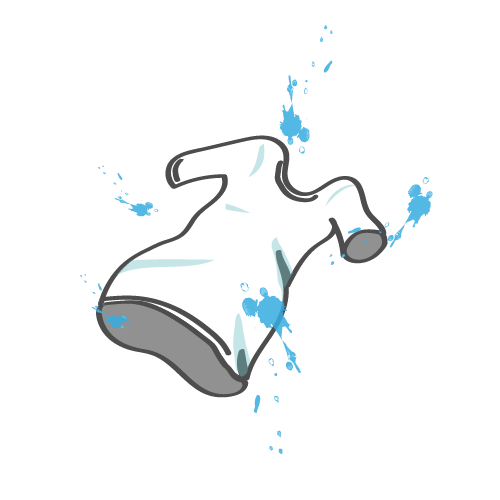
Death
Death is the final act of our lives, and it can be environmentally devastating: every cremation uses the equivalent of about 40 backyard-barbecue propane canisters and creates one tonne of carbon dioxide, while traditional burials eat up the land and can leach chemicals into the soil. Luckily, more and more alternative methods are appearing – from chemical-free 'natural burials' through organic reduction and 'water cremation' to burials at sea and even freeze-drying. But what are the ethical and ecological pros and cons of each method?
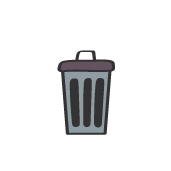
Credits
Presenters Natalie Carney, Marco Colombo, Aljosa Milenkovic,
Daniel Arapmoi, Johannes Pleschberger, Jemima Walker
Writers Elizabeth Mearns, Gary Parkinson, Alex Hunt
Podcast producers Sarah Parfitt, Alice Castle, Terry Wilson
Video producers Susan Blackburn, James Sandifer, Terry Wilson
Animation and design James Sandifer
Season editor Elizabeth Mearns
